
1. Start with a container, preferably one that has at least 6 inches of depth. Fill the container with a potting soil mix designed for bonsais and add perlite or pumice for better drainage.
2. Germinate marijuana seeds in a moist paper towel until they begin to sprout; then transplant them into your bonsai pot. Water your seedlings regularly and make sure the soil is kept moist but not wet. Once the plants are established, provide adequate light during their flowering period – 8 hours of sunlight is ideal – and water sparingly during this time as too much water can inhibit growth or cause root rot.
3. Prune your marijuana bonsai regularly using techniques such as defoliation and pruning back branches to keep it small in size; you’ll want the plant’s canopy to remain below 12″ tall. Consider using support stakes if needed and occasionally adding fertilizer once flower buds start to form.
Contents:
- Step-by-Step Guide to Growing a Marijuana Bonsai
- Tools and Materials Required for Growing Marijuana Bonsai
- Finding the Ideal Marijuana Strain for Bonsai Cultivation
- Preparing the Soil Medium for Your Marijuana Bonsai Plant
- Factors to Consider When Selecting a Container for your Marijuana Bonsai Plant
- Understanding the Light and Water Requirements of Your Marijuana Bonsai Plant
- Pruning Techniques and Maintenance Tips for Healthy Growth of Your Marijuana Bonsai
Step-by-Step Guide to Growing a Marijuana Bonsai

Growing a marijuana bonsai can be a great way to bring your cannabis cultivation hobby outdoors. This step-by-step guide will provide an overview of the essential tasks and tips needed to get started with this fun activity.
The first step is to choose a suitable location for your marijuana bonsai tree. Look for spots in your yard or garden that have good sunlight and are near existing plants and trees, as these offer ideal conditions for growing bonsai. You should also avoid areas with high levels of foot traffic as this could damage your plant’s roots or leaves.
Once you’ve identified a spot, it’s time to prepare the soil for planting. Make sure it has plenty of nutrients and drainage by adding organic matter such as peat moss, compost, or aged manure. Also make sure that the pH level is between 6 and 7 so that your marijuana bonsai can absorb all of its necessary minerals from the soil easily.
Select young healthy cannabis clones or seedlings to pot up into individual containers filled with proper bonsai soil mix. Follow instructions provided with each clone or seedling carefully when transplanting them into their new home as timing is essential to ensure successful growth of a thriving bonsai tree. After successfully getting your marijuana bonsai off the ground, remember to water frequently during warm weather periods but allow soils to dry out some before rewatering – over watering increases risk of root rot and other diseases that could stunt the development of your marijuana bonsai tree significantly!
Tools and Materials Required for Growing Marijuana Bonsai
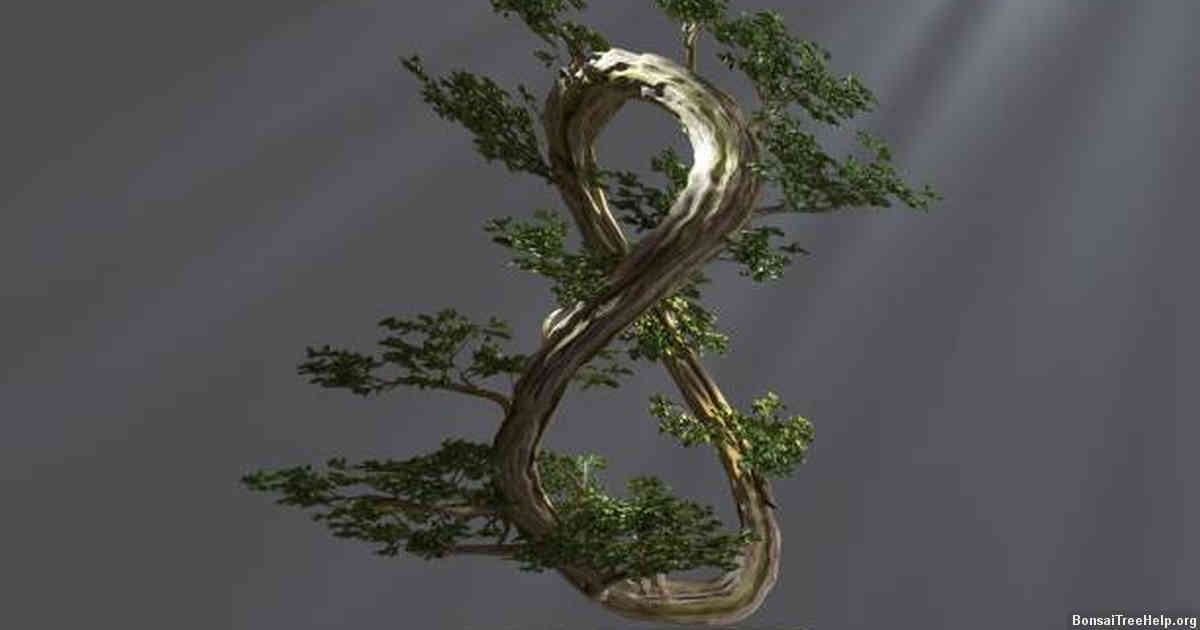
Creating a marijuana bonsai requires special tools and materials for successful growth. Gardening shears are essential for pruning and creating the desired shape of the bonsai tree. A pair of gloves should also be used when pruning to ensure that no germs or dirt from hands gets on the plants. Moreover, it is recommended to use clean scissors as diseases can spread easily across different branches and cause damage to the plant.
When selecting soil for a marijuana bonsai, make sure it is nutrient-rich and well-draining so that water will not be retained in excess around roots which can lead to drowning of the plant. Small rocks such as pebbles should be added into soil mix to further improve drainage. Fertilizer appropriate for cannabis needs must also be chosen, with necessary macro nutrients being nitrogen (N), phosphorus (P) and potassium (K). The right balance helps promote strong vegetative growth while producing robust buds with greater potency later in flowering stage.
Growers need to consider adequate light sources too; intense natural sunlight may have adverse effects on certain fragile strains causing leaves to burn so using artificial lighting offers more control over intensity levels reaching plants’ leaves and enabling better growth results overall. HID lights such as metal halides could work well but require expensive setup costs; alternatively LED panels can provide good coverage at a relatively lower cost as an alternative option worth considering.
Finding the Ideal Marijuana Strain for Bonsai Cultivation
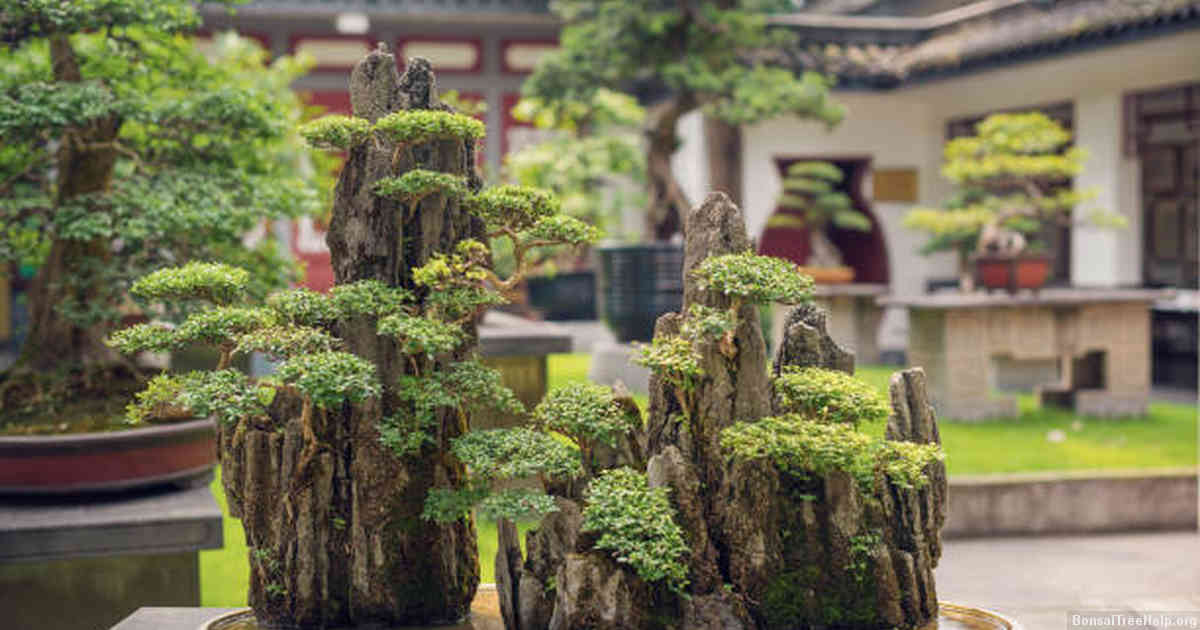
When growing a marijuana bonsai, the type of strain you select is key for success. There are several cannabis species available on the market, with some more suited than others for particular conditions and sizes of plants. Depending on your cultivation goals, choosing a specific strain can make all the difference in achieving your desired outcome.
One of the best traits to consider when selecting a strain is its size. Many marijuana strains will naturally remain quite small even at full maturity, while others may reach heights up to three feet if not kept under control. Smaller indica-dominant strains tend to be better suited for bonsai applications since they stay relatively tiny yet produce bountiful harvests as long as proper pruning and training methods are employed during growth cycles. Examples include Northern Lights and White Widow varieties which often max out around 12 inches tall but generate large quantities of potent buds come harvest time.
For those wanting smaller leaves, sativa hybrids like Super Skunk or Lemon Skunk also perform well in container cultures since they maintain an almost miniature stature while producing dense clusters of aromatic flowers when appropriately pruned. Autoflowering strains such as Auto Power Plant and Lowryder are ideal if space constraints prohibit other options due to their rapid growth rates paired with manageable height gains that rarely exceed two feet tall without trimming involved.
Preparing the Soil Medium for Your Marijuana Bonsai Plant
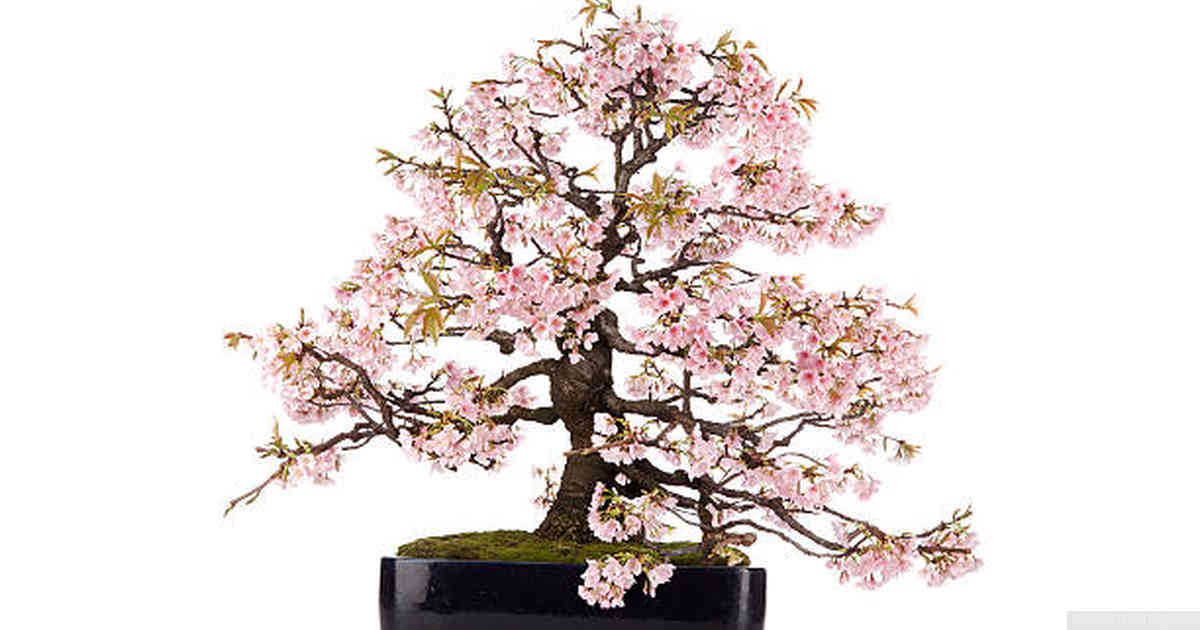
Creating the ideal soil environment for your marijuana bonsai is essential to ensure optimal growth. It starts with selecting the right medium, which should be well-draining yet retain moisture while maintaining a nutrient balance. Potting mix formulated specifically for cannabis plants is an ideal choice, as it contains key nutrients and microbes that help facilitate healthy growth.
When you are ready to pot your bonsai, make sure you use a pot that isn’t overly large – doing so can cause root rot due to excess soil saturation. Make sure there is ample space at the top of the pot for water drainage. When filling up the potting container with your medium, add enough to reach about an inch from the rim of the container; this will allow enough room for watering without worrying about run-off or overflow.
You’ll want to gently firm down any loose soil before adding in amendments such as perlite or vermiculite to aid in aeration and give roots plenty of breathing room. If desired, you may also add additional fertilizers such as bat guano or worm castings when planting; however take care not to overdo it as these can harm rather than help if applied too heavily. After everything is blended together properly, water lightly until slightly moistened throughout before adding your marijuana bonsai plant into its new home.
Factors to Consider When Selecting a Container for your Marijuana Bonsai Plant

Choosing the right container for your marijuana bonsai plant can be a daunting task. Container selection is critical to ensuring the health and longevity of your cannabis bonsai, so there are several factors to take into account before making a decision.
First and foremost, it’s important to consider the size of the container. While many people assume that bigger containers are better for growing plants, this isn’t always true when it comes to cannabis bonsais. Too large of a container can lead to water-logging, which means that too much water will stay in the soil and not drain away properly. On the other hand, too small of a pot might limit the amount of root growth or even make it difficult for adequate nutrient delivery to occur. Ultimately, you’ll want something somewhere in between those two extremes – something that allows room for roots while also facilitating proper drainage.
It’s also important to think about material selection when selecting your pot or planter. Many standard plastic pots tend not to hold up as well as ones made from ceramic or terracotta because they’re more prone to cracking over time due to rapid fluctuations in temperature or UV light exposure. Porous materials like terracotta are known for their ability draw moisture out quickly during hot summer days, making them ideal candidates for outdoor planting scenarios where extreme temperatures might be present throughout the day. If you don’t mind spending some extra money on higher quality items there are options available like ceramic planters with glazes designed specifically for optimal drainage and deep root penetration – these types may provide an added layer of protection against overwatering and oxygen deficiencies in addition to being aesthetically pleasing within any yard or garden setting.
Understanding the Light and Water Requirements of Your Marijuana Bonsai Plant
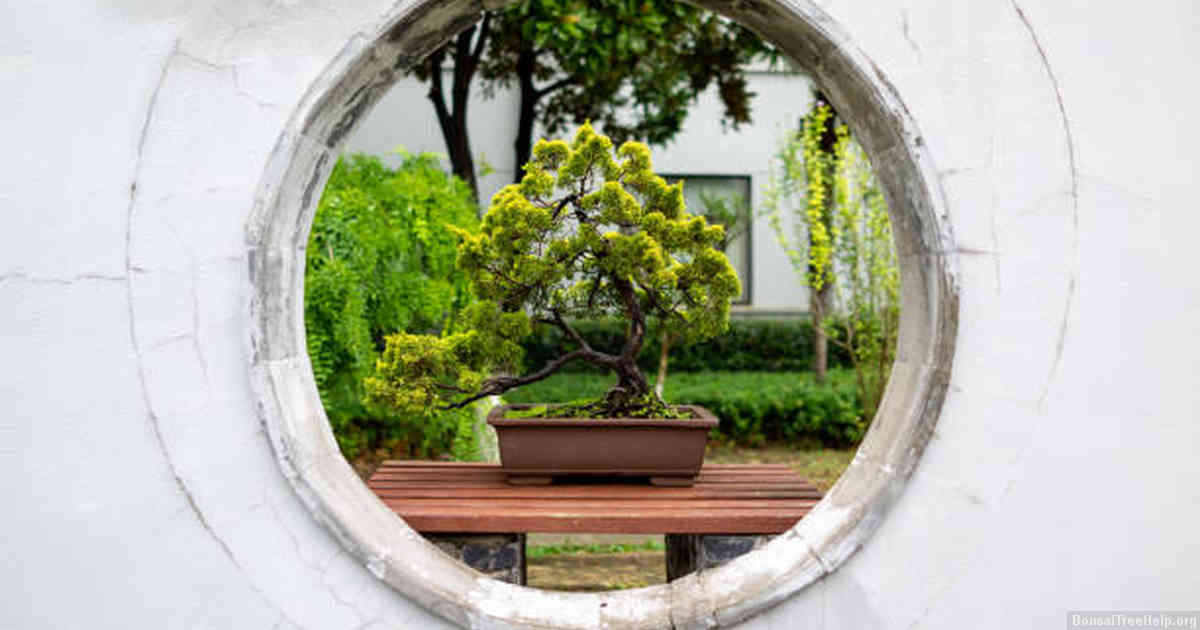
Creating a marijuana bonsai requires understanding the light and water needs of your plant. Knowing how much sunlight and moisture to provide will determine the overall health and growth rate of your cannabis bonsai.
A good rule of thumb is to give the marijuana bonsai enough light so that it can thrive in an indoor or outdoor garden, depending on the climate you live in. Aim to give at least eight hours of direct sunlight per day to ensure proper development. For extra coverage when growing indoors, use artificial lighting fixtures that simulate natural daylight with blue-red spectrum bulbs for best results.
Watering requirements will depend largely on the environment, size and type of plant being used for your bonsai tree project. Monitor soil moisture levels often by dipping your finger into the soil up to knuckle depth; if it’s wet, wait until it dries out before adding more water. Too much water can lead to root rot which will kill your plant very quickly – avoid over-watering at all costs. Provide just enough that the soil feels moist but not wet after each watering session.
Pruning Techniques and Maintenance Tips for Healthy Growth of Your Marijuana Bonsai
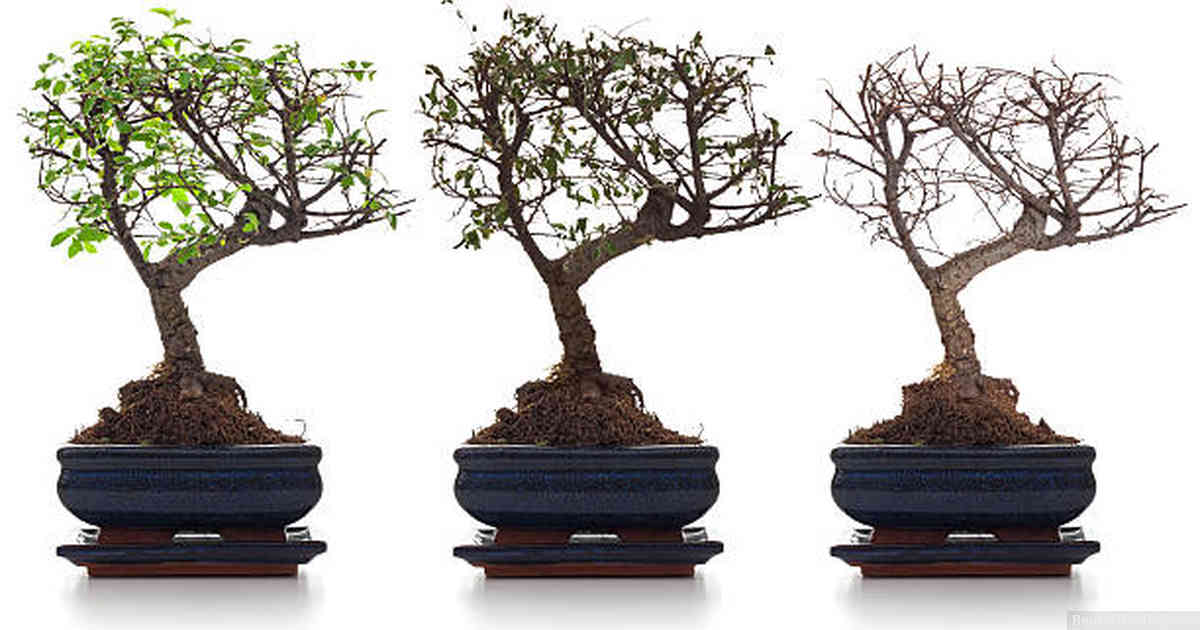
Whether you want to cultivate a thriving marijuana bonsai as a hobby or plan on growing marijuana commercially, it is essential to understand the basics of pruning and maintenance. Pruning helps maintain your bonsai’s size and shape while also stimulating growth. With proper care, your marijuana bonsai can thrive for years with exquisite artistry.
It is important to make the cut in just the right place during pruning because you do not want to over-trim the plants. Make sure that your tools are sharp and clean so that you don’t end up damaging the foliage. When trimming, take great care of both new shoots at the top of the plant along with mature branches from older growth. An easy way to tell which parts are active is by looking at where bud sites develop; these will be present on newly forming shoots and may even have flowers blooming throughout their flowering season.
When pruning your bonsais, focus on removing dead leaves first before shaping them into an aesthetically pleasing shape. While some suggest trimming more aggressively when dealing with bigger plants, caution should be taken no matter what size they are since too much stress can stunt its growth or cause death if overdone. Make sure there is enough space between each bud site so that all parts of your cannabis gets adequate light exposure and nutrients as needed – this will help promote healthy growth.
Leave a Reply